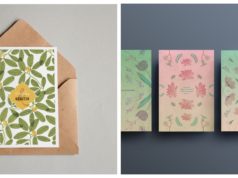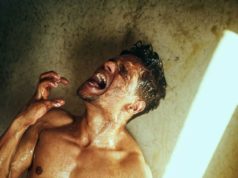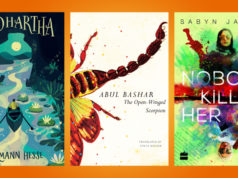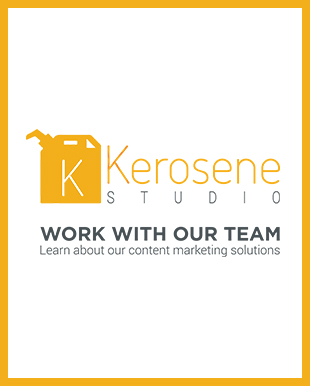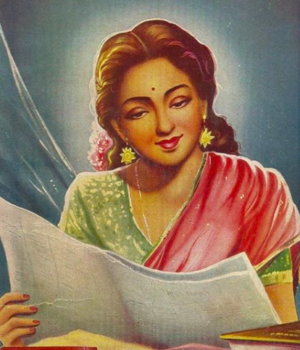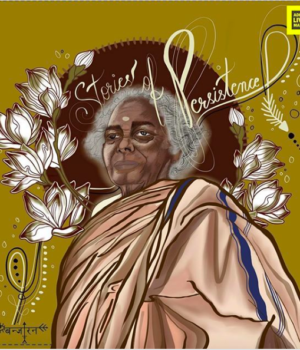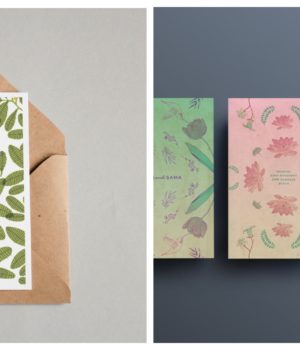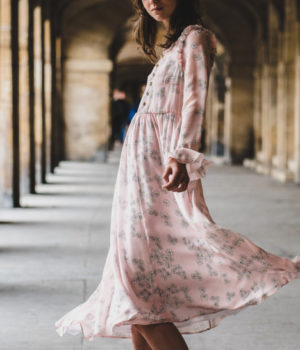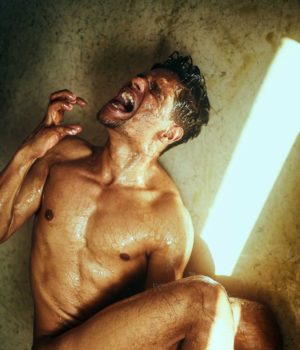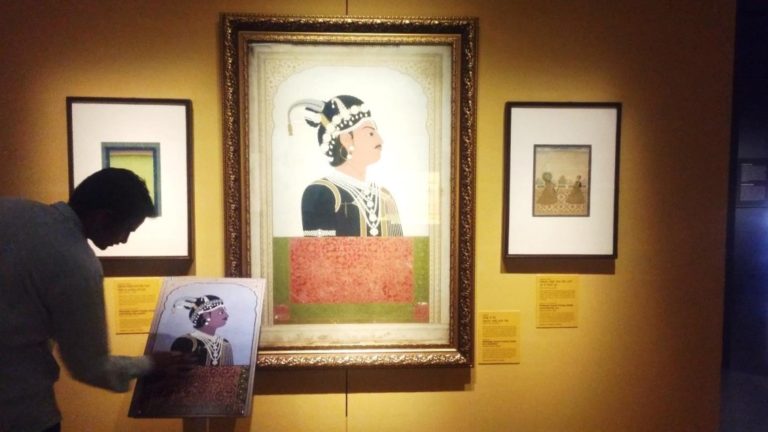
A normal person can easily make his way through an art gallery or museum. But it’s not the same case for a disabled person. Majority of such venues in India aren’t concerned as to how these people will get to experience the rich culture. That’s where heritage architects like Siddhant Shah are working tediously to create a difference. We were honoured to have a discussion with him related to his inspiration, his projects, his innovations and whether he’d wish to be a role model for the budding architects. Here’s what he had to say:
What made you work towards making art accessible to the visually impaired? First inspiration?
It all started with my friends – Jay Kapadia and Siddhi Kapadia and me winning a competition. This was about making world heritage sites in India disable-friendly. That was my first introduction to understanding accessibility for heritage places. Also, my mother lost her vision which became a turning point in my life.
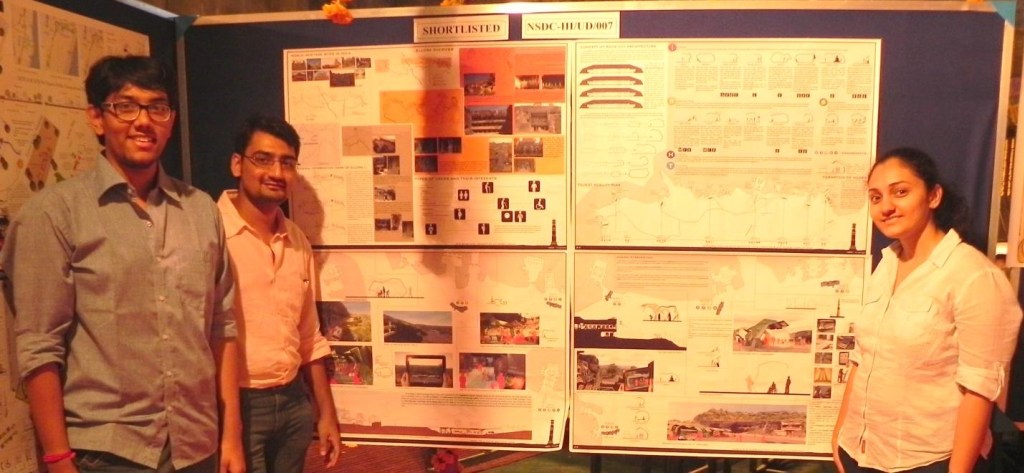
I came across a tactile museum for people with visual impairments in Greece. There were “please touch” tags on the exhibitions displayed. It was really a saturating experience for me. I started wondering whether these kinds of things would be possible over here. Being inspired by it, I wrote a research paper about “Accessibility on cultural sites of India” which landed me a scholarship for Kent university in Greece.
You brought new things into the limelight in order to help the blind such as Braille tags, audio guides, tactile objects etc. What next?
We wish to focus on people with hearing impairments next. It’s a general tendency that we focus on blind people mostly. You can find ramps everywhere, braille objects and other aids specifically for them. But there’s much less done for the deaf people.
So the plan is now to understand what to do for people with hearing impairments. How we can implement sign languages or use colors to draw their attention towards different things.
Which has been the most challenging project and the most loved one so far?
I guess all projects are challenging as we don’t have a set template. It depends on me as to how I’m going to proceed. I feel the most difficult project so far was the State Bank based in Karachi, Pakistan. It wasn’t possible for me to visit there physically, they had sent all the details to us. We made usage of disposable materials for this particular project. Thankfully, the director who was responsible for it helped us immensely.

The project which is close to my heart was for Delhi Art Gallery (DAG Modern). It was a new thing for me, we were developing the place as per the exhibits on display. We got a good overview of the different things.
Do you often collaborate with NGOs for different projects?
Yes we do. We work for different CSR activities. We are currently developing a project for the CSR of Hero MotoCorp. We also did a private job for Lions Club, we designed and installed braille signs for public toilets. The overall idea behind it was to make sanitation accessible to them.
Do you think you’d be able to inspire the up and coming architects to work on the same path as yours?
Personally, I feel that unless you are affected by this kind of situation closely, you’ll never understand it. As an architect, we are taught to put a ramp in a building that we design. That’s where it ends for us, we never wonder as to how a disabled person would use it when he/she enters in the building. I’d be glad if other architects consider these kinds of projects as parts of architectural design.
Follow Siddhant Shah in LinkedIn or visit his official website to get deeper insights about his project.
Featured image courtesy: Rereeti.org
Written by Disha Mukherjee

